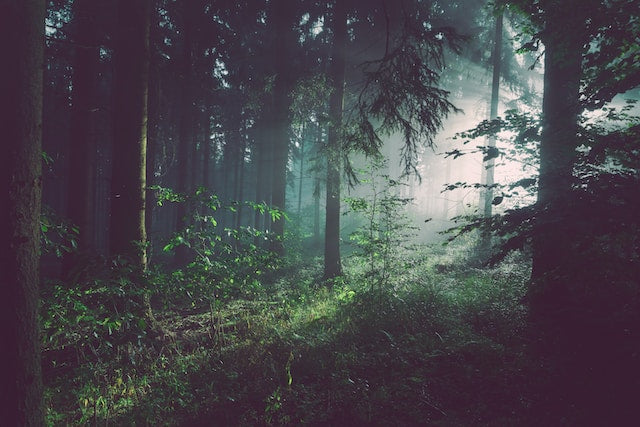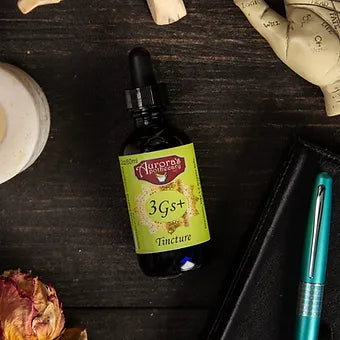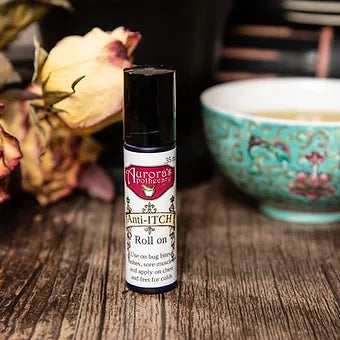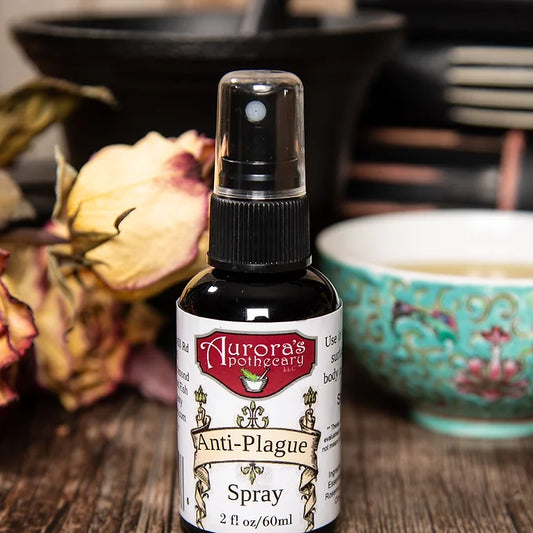Sustainable foraging and harvesting
Mother nature provides us with a bounty of food and medicine from the forests and fields. We are able to walk right outside our door and eat from the wild.
Today we can tune into television, or glimpse some social media and see that foraging for your dinner is all the rage. But what happens when some new wild food becomes all the craze and people start taking it out of the woods in large amounts? This gentle plant gets scarcer and scarcer.
We prevent this by harvesting responsibly. Which means following a few foraging rules.

1- When harvesting a plant, do not take it if it is the only plant of its kind in the area. Not even a part on it. If you pick the flower off and it needs that to reproduce, then its line ends there, and you have successfully killed that plant.
2- If you have to harvest the entire plant (roots for medicine or wild leek bulbs for eating), only do so when you can spot at least 10 other specimens of the same plant in the area.
3- When approaching a stand (bunch of the same plants), you can generally cut down a third of it to a half. If you only cut the top third of the plant off, it will usually have time to regrow by the time the season is over.
There are also some actual laws to follow also when gathering out of the forest. The flowing are Wisconsin statutes.
Wisconsin State Park System ~Gathering in state parks and forests In order to preserve state parks' natural beauty for future visitors to enjoy, it's against Wisconsin law to destroy, molest, deface or remove any natural growth or natural or archaeological feature from the parks. However, you may pick edible fruits, edible nuts, wild mushrooms, wild asparagus and watercress for personal consumption.
Some mushrooms are edible and others are deadly and it's difficult to tell one from another. Whole books have been written on the subject. Use extreme caution!
Collecting seeds from herbaceous plants such as grasses and wildflowers is not allowed without written authorization from the department.
No one may collect rocks, minerals or fossil materials on state natural areas, state wild rivers, state parks, state trails, Havenwoods state forest preserve, state recreation areas or Point Beach or Kettle Moraine state forests, except with a written permit from the property manager.
There are many manuals and identification apps you can get to read or use while out in nature. Many people recommend going on guided walks with folks who will point out species so you get first-hand experience on the what's what. If you are ever unsure, leave it be. It is always better to be safe than sorry.
We recomend reading:
Now that you know how to forage responsibly, here are some wild plants to look for. These will be at their peak in July, but see if you can find some plants now so you can return to them when they are ready!
-
Elderberry flowers (early in the month)
-
Gooseberries
-
Mulberries
-
Wild plums
-
Wild cherries
-
Currants
-
Raspberries
-
Black raspberries
-
Blackberries
-
Crab apples (some varieties ripen in July, while others will ripen in upcoming months)
-
Apples (some varieties ripen in July, while others will ripen in upcoming months)
-
Wild rose petals
-
Garlic mustard (pick the lighter, new leaves for mildest flavor)
-
Lamb’s quarters
-
Wild grape leaves
-
Milkweed fruits (the young pods when they are still small and green)
-
Plantain
-
Purslane
-
Wood sorrel
-
Chickweed
-
Cattail pollen
-
Catnip
-
Oyster mushrooms*
-
Chicken of the woods mushrooms*
-
Chanterelle mushrooms*
Always remember, don’t eat anything that you have not correctly identified. There are many guides and programs out there to help you identify the wild plants that surround you. We even offer some more books in our shop that we use ourselves. Happy foraging!





